The Long Tail pdf epub mobi txt 电子书 下载 2024
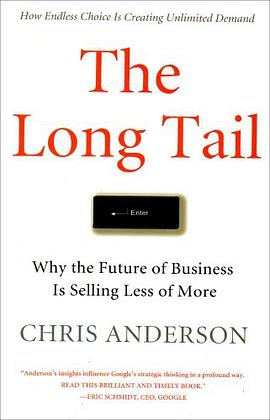
简体网页||繁体网页
图书标签: 经济 长尾 business Economics Internet 经济学 eCommerce Web2.0
喜欢 The Long Tail 的读者还喜欢
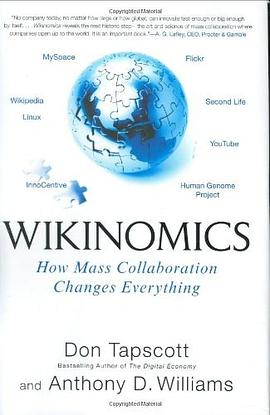 Wikinomics pdf epub mobi txt 电子书 下载
Wikinomics pdf epub mobi txt 电子书 下载 Free pdf epub mobi txt 电子书 下载
Free pdf epub mobi txt 电子书 下载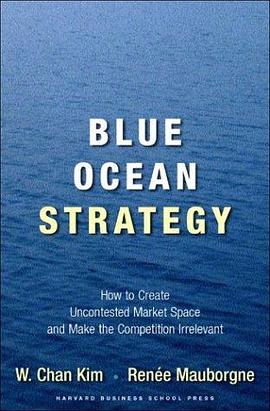 Blue Ocean Strategy pdf epub mobi txt 电子书 下载
Blue Ocean Strategy pdf epub mobi txt 电子书 下载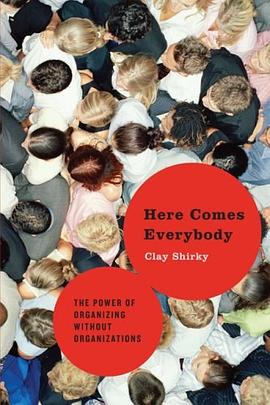 Here Comes Everybody pdf epub mobi txt 电子书 下载
Here Comes Everybody pdf epub mobi txt 电子书 下载 Execution pdf epub mobi txt 电子书 下载
Execution pdf epub mobi txt 电子书 下载 Lords of Finance pdf epub mobi txt 电子书 下载
Lords of Finance pdf epub mobi txt 电子书 下载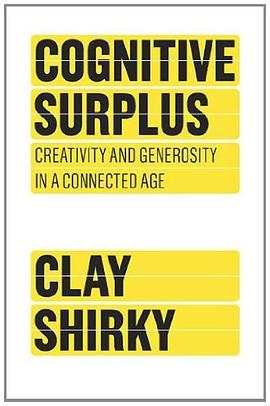 Cognitive Surplus pdf epub mobi txt 电子书 下载
Cognitive Surplus pdf epub mobi txt 电子书 下载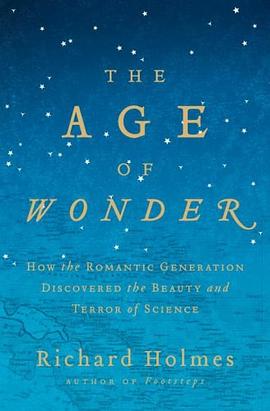 The Age of Wonder pdf epub mobi txt 电子书 下载
The Age of Wonder pdf epub mobi txt 电子书 下载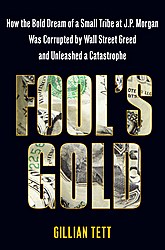 Fool's Gold pdf epub mobi txt 电子书 下载
Fool's Gold pdf epub mobi txt 电子书 下载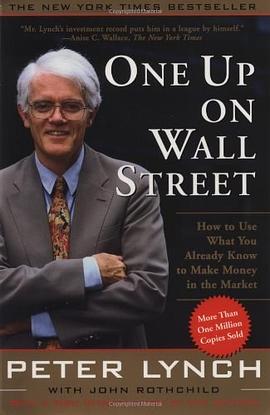 One Up On Wall Street pdf epub mobi txt 电子书 下载
One Up On Wall Street pdf epub mobi txt 电子书 下载
点击这里下载
发表于2024-06-14
The Long Tail epub 下载 mobi 下载 pdf 下载 txt 电子书 下载 2024
The Long Tail epub 下载 mobi 下载 pdf 下载 txt 电子书 下载 2024
The Long Tail pdf epub mobi txt 电子书 下载 2024
图书描述
Book Description
"The Long Tail" is a powerful new force in our economy: the rise of the niche. As the cost of reaching consumers drops dramatically, our markets are shifting from a one-size-fits-all model of mass appeal to one of unlimited variety for unique tastes. From supermarket shelves to advertising agencies, the ability to offer vast choice is changing everything, and causing us to rethink where our markets lie and how to get to them. Unlimited selection is revealing truths about what consumers want and how they want to get it, from DVDs at Netflix to songs on iTunes to advertising on Google. However, this is not just a virtue of online marketplaces; it is an example of an entirely new economic model for business, one that is just beginning to show its power. After a century of obsessing over the few products at the head of the demand curve, the new economics of distribution allow us to turn our focus to the many more products in the tail, which collectively can create a new market as big as the one we already know. The Long Tail is really about the economics of abundance. New efficiencies in distribution, manufacturing, and marketing are essentially resetting the definition of whats commercially viable across the board. If the 20th century was about hits, the 21st will be equally about niches.
From Publishers Weekly
Wired editor Anderson declares the death of "common culture"—and insists that it's for the best. Why don't we all watch the same TV shows, like we used to? Because not long ago, "we had fewer alternatives to compete for our screen attention," he writes. Smash hits have existed largely because of scarcity: with a finite number of bookstore shelves and theaters and Wal-Mart CD racks, "it's only sensible to fill them with the titles that will sell best." Today, Web sites and online retailers offer seemingly infinite inventory, and the result is the "shattering of the mainstream into a zillion different cultural shards." These "countless niches" are market opportunities for those who cast a wide net and de-emphasize the search for blockbusters. It's a provocative analysis and almost certainly on target—though Anderson's assurances that these principles are equally applicable outside the media and entertainment industries are not entirely convincing. The book overuses its examples from Google, Rhapsody, iTunes, Amazon, Netflix and eBay, and it doesn't help that most of the charts of "Long Tail" curves look the same. But Anderson manages to explain a murky trend in clear language, giving entrepreneurs and the rest of us plenty to think about. (July)
From Bookmarks Magazine
In The Long Tail, Chris Anderson offers a visionary look at the future of business and common culture. The long-tail phenomenon, he argues, will "re-shape our understanding of what people actually want to watch" (or read, etc.). While Anderson presents a fascinating idea backed by thoughtful (if repetitive) analysis, many critics questioned just how greatly the niche market will rework our common popular culture. Anderson convinced most reviewers in his discussion of Internet media sales, but his KitchenAid and Lego examples fell flat. A few pointed out that online markets constitute just 10 percent of U.S. retail, and brick-and-mortar stores will never disappear. Anderson's thesis came under a separate attack by Lee Gomes in his Wall Street Journal column. Anderson had defined the "98 Percent Rule" in his book to mean that no matter how much inventory is made available online, 98 percent of the items will sell at least once. Yet Gomes cited statistics that could indicate that, as the Web and Web services become more mainstream, the 98 Percent Rule may no longer apply: "Ecast [a music-streaming company] told me that now, with a much bigger inventory than when Mr. Anderson spoke to them two years ago, the quarterly no-play rate has risen from 2% to 12%. March data for the 1.1 million songs of Rhapsody, another streamer, shows a 22% no-play rate; another 19% got just one or two plays." If Anderson overreaches in his thesis, he has nonetheless written "one of those business books that, ironically, deserves more than a niche readership"
Houston Chronicle
From Booklist
Citing statistical curves called "long-tailed distributions" because the tails are very long relative to the heads, Anderson, editor of Wired magazine, focuses on the tail, or the development in the new digital world of an infinite number of niche markets of any size that are economically viable due to falling distribution costs and in the aggregate represent significant sales. Although the author considers primarily media and entertainment companies, he also shows the long-tail effect at eBay, KitchenAid, Legos, Salesforce.com, and Google. His nine rules for successful long-tail strategies include lowering costs and thinking niche (one product, distribution method, or price does not fit all) and giving up control by sharing information and offering choices. In this excellent book, Anderson tells that "the story of the long tail is really about the economics of abundance--what happens when the bottlenecks that stand between supply and demand in our culture start to disappear and everything becomes available to everyone."
Mary Whaley
From AudioFile
Anderson's premise that Internet-based retailing and personal expression enable much wider variety and more profitable niche markets and, thus, are killing a formerly "hit-driven" culture and retail world is somewhat controversial. (Just Google THE LONG TAIL.) But this audiobook presents the argument well, with much detail and many current (late 2005) examples. Christopher Nissley's reading style fits the content; he's clipped and staccato, like Anderson's writing. His narration is helpful to the listener who prefers not to get bogged down in the theoretical and technical parts of the book. Anderson himself reads the introduction, and there's a brief author interview at the end of Disc 7, plus downloadable copies of the book's graphics. T.F.
Book Dimension
length: (cm)23.8 width:(cm)17.3
著者简介
Chris Anderson is editor-in-chief of Wired Magazine.
图书目录
The Long Tail pdf epub mobi txt 电子书 下载
用户评价
在线销售商为利基客户群提供种类繁多数量无限的商品,使得网上商品的寿命更长、生命力更强:这就是长尾的力量。:1)什么是“长尾”以及它能给你的业务带来什么影 响;2)追求热门产品的商业模式已经过时,它和现代的长尾经济现实有很大不 同,如何认识新的潮流,如何利用新旧商业模式的差异;3)如何针对利基客户制定价格、确定产品线和进行市场定位;4)为什么你的业务需要网络营销。
评分Now the niche culture rules.
评分看他Wired网站上讲长尾理论的文章就可以了。
评分坦白讲这本书两百多页的内容用一节的篇幅就足以覆盖。剩下的部分主要是一些具体的案例。读的过程中好几次想放弃,但还是啃了下来,然后读着读着就开始庆幸没有半途而废,可见这书的信息密度很不均匀。基本上,跟一般商业书籍一样,该书几乎将世界上所有跟这一新理念(Long Tail)有一点关联的事物都进行了列举和阐述,集扯淡之能事,从历史讲到未来,从娱乐讲到IT,煞有介事,不容反驳。总体来说,大概由于作者的工科出身,书中点出了长尾理论背后的数学原型:幂律分布,让人为之一震。总之,由于本书介绍的是这样一个当今世界无处不在的新理念,还是值得一读的。
评分写得很细致。
读后感
http://bizchedan.blogbus.com/logs/47197210.html 从前有个叫刘波的人。给我们的主人公起这个名字,因为据统计这是中国人最常用的名字,有100多万,这些刘波们还在百度贴吧成立了一个刘波吧。这个刘波也是普通人,而且刘波吧跟我们这里讨论的主题也有一定的关系。 初中的一...
评分 评分1897年夏天,意大利经济学家帕累托(Pareto)在研究英国社会分配的时候发现,百分之二十的人控制着百分之八十的财富。后人在现实世界里形形色色的分布里也看到了类似“少多众寡”的现象:大段文字里单词出现的频率、都市城镇的人口、沙粒的大小,甚至林火烧过的面积。比如,把全世...
评分世界上,你可能因为错误的判断做出正确的选择, 也可能因为正确的判断而做出的错误的选择; 也就是说无论你的判断是正确的还是错误的,最后都可能产生错误的或者正确的结果; 于是面对选择,我们其实根本不必判断。 上面的这段话您要是觉得合理,或者您决定Google看看它合不合...
The Long Tail pdf epub mobi txt 电子书 下载 2024
分享链接
相关图书
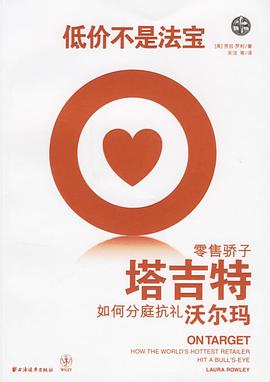 低价不是法宝 pdf epub mobi txt 电子书 下载
低价不是法宝 pdf epub mobi txt 电子书 下载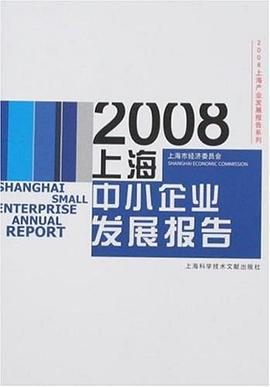 2008上海中小企业发展报告 pdf epub mobi txt 电子书 下载
2008上海中小企业发展报告 pdf epub mobi txt 电子书 下载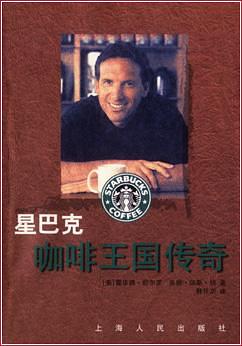 星巴克咖啡王国传奇 pdf epub mobi txt 电子书 下载
星巴克咖啡王国传奇 pdf epub mobi txt 电子书 下载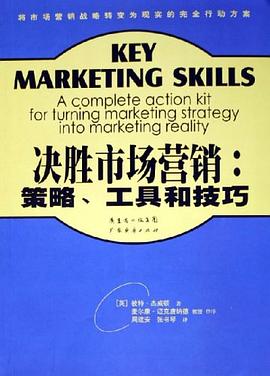 决胜市场营销 pdf epub mobi txt 电子书 下载
决胜市场营销 pdf epub mobi txt 电子书 下载 我之小史 pdf epub mobi txt 电子书 下载
我之小史 pdf epub mobi txt 电子书 下载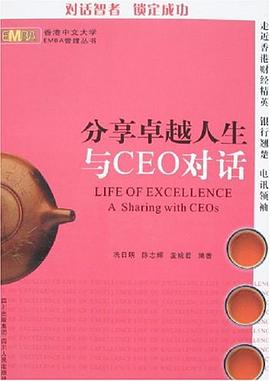 分享卓越人生与CEO对话 pdf epub mobi txt 电子书 下载
分享卓越人生与CEO对话 pdf epub mobi txt 电子书 下载 Marketing Management 12e pdf epub mobi txt 电子书 下载
Marketing Management 12e pdf epub mobi txt 电子书 下载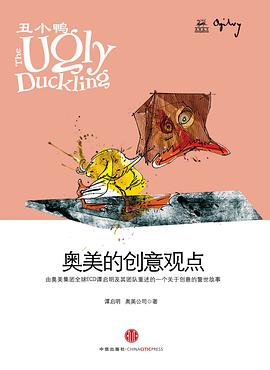 丑小鸭 pdf epub mobi txt 电子书 下载
丑小鸭 pdf epub mobi txt 电子书 下载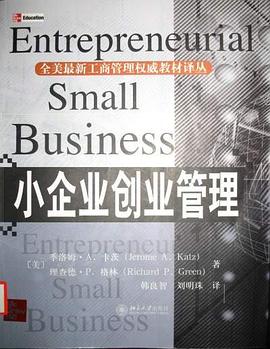 小企业创业管理 pdf epub mobi txt 电子书 下载
小企业创业管理 pdf epub mobi txt 电子书 下载 奥美创意解密 pdf epub mobi txt 电子书 下载
奥美创意解密 pdf epub mobi txt 电子书 下载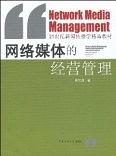 网络媒体的经营管理 pdf epub mobi txt 电子书 下载
网络媒体的经营管理 pdf epub mobi txt 电子书 下载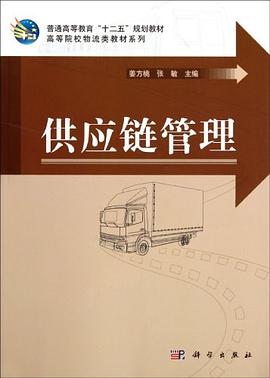 供应链管理 pdf epub mobi txt 电子书 下载
供应链管理 pdf epub mobi txt 电子书 下载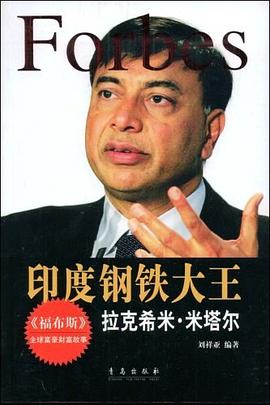 印度钢铁大王 pdf epub mobi txt 电子书 下载
印度钢铁大王 pdf epub mobi txt 电子书 下载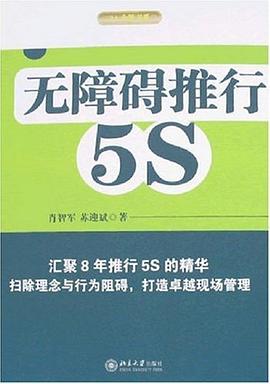 无障碍推行5S pdf epub mobi txt 电子书 下载
无障碍推行5S pdf epub mobi txt 电子书 下载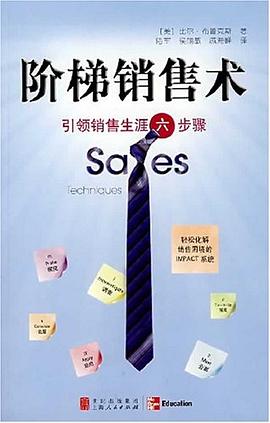 阶梯销售术 pdf epub mobi txt 电子书 下载
阶梯销售术 pdf epub mobi txt 电子书 下载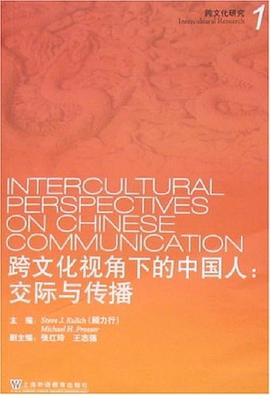 跨文化视角下的中国人 pdf epub mobi txt 电子书 下载
跨文化视角下的中国人 pdf epub mobi txt 电子书 下载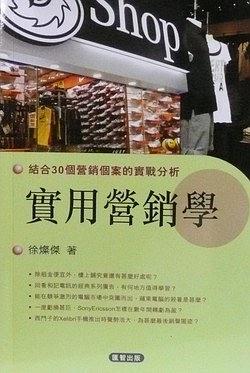 實用營銷學 pdf epub mobi txt 电子书 下载
實用營銷學 pdf epub mobi txt 电子书 下载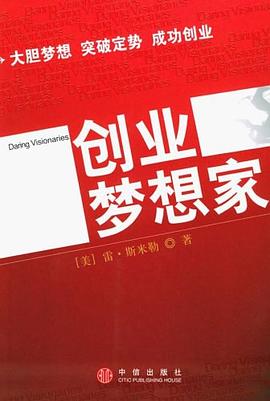 创业梦想家 pdf epub mobi txt 电子书 下载
创业梦想家 pdf epub mobi txt 电子书 下载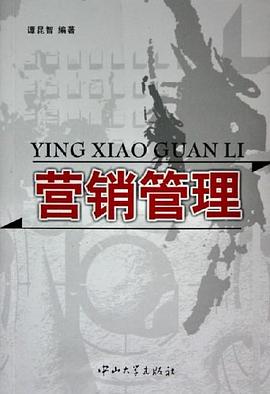 营销管理 pdf epub mobi txt 电子书 下载
营销管理 pdf epub mobi txt 电子书 下载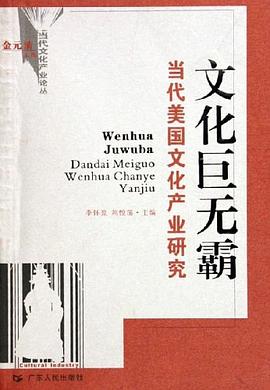 文化巨无霸 pdf epub mobi txt 电子书 下载
文化巨无霸 pdf epub mobi txt 电子书 下载



